Loading a 40ft shipping container requires meticulous planning and execution to maximize space, ensure safety, and optimize transportation costs. At CarMax Vehicle, we specialize in providing tailored solutions that streamline this process. This guide delves deep into the strategies, best practices, and essential considerations for effectively loading a 40ft shipping container.
Understanding the Basics of a 40ft Shipping Container
Before diving into the loading process, it’s crucial to comprehend the dimensions and capacity of a standard 40ft shipping container.
| Specification | Measurement |
|---|---|
| External Dimensions | Length: 40ft (12.19m) Width: 8ft (2.44m) Height: 8.5ft (2.59m) |
| Internal Dimensions | Length: 39.5ft (12.03m) Width: 7.7ft (2.35m) Height: 7.9ft (2.39m) |
| Maximum Payload | Approximately 58,000 lbs (26,306 kg) |
| Volume Capacity | About 2,350 cubic feet (66.5 cubic meters) |
Understanding these specifications helps in planning the loading strategy, ensuring that the container is neither underutilized nor overloaded.
Step-by-Step Guide to Loading a 40ft Shipping Container
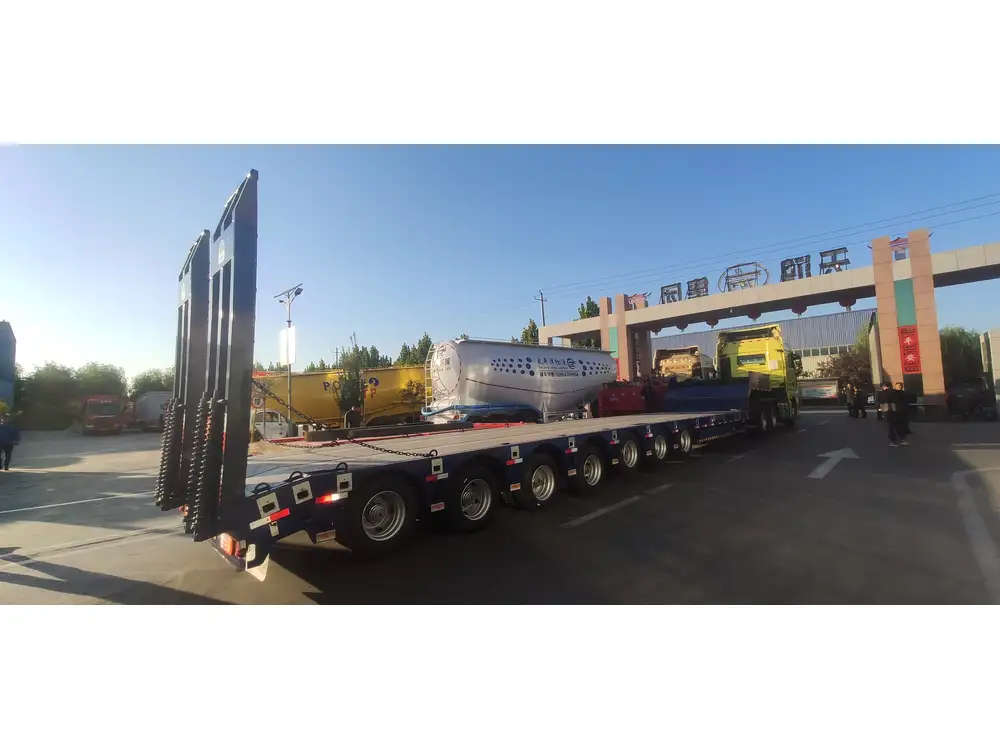
1. Plan and Organize Your Goods
Effective loading begins with a comprehensive plan.
- Inventory Assessment: Catalogue all items intended for shipment.
- Weight Distribution: Ensure an even distribution of weight to maintain container balance.
- Stacking Strategy: Decide the order and method of stacking to utilize space efficiently.
Tips for Inventory Assessment:
- Measure dimensions and weight of each item.
- Categorize items based on size, fragility, and handling requirements.
- Prioritize loading heavier items at the bottom and lighter items on top.
2. Prepare the Container
A well-prepared container facilitates smoother loading.
- Inspection: Check for structural integrity, cleanliness, and absence of pests.
- Floor Protection: Use plywood or other materials to prevent damage to goods.
- Securing Points: Identify locations for tie-downs and other securing mechanisms.

3. Maximize Space Utilization
Effective space management ensures optimal container capacity.
- Vertical Stacking: Utilize the container’s height by stacking items carefully.
- Nesting and Bundling: Combine smaller items into larger bundles to save space.
- Use of Pallets: Palletizing goods can streamline loading and unloading processes.
Space Optimization Techniques:
| Technique | Description |
|---|---|
| Stacking | Place heavy items at the base, lighter on top. |
| Nesting | Fit smaller items within larger ones. |
| Palletizing | Arrange goods on pallets for easier handling. |
| Gap Filling | Use soft goods or fillers to occupy unused space. |
4. Load Heavy Items First
Prioritizing heavy items ensures stability and prevents crushing of lighter goods.
- Placement: Position heavy items on the container’s floor and towards the front.
- Securing: Use straps and braces to anchor heavy goods firmly.

5. Distribute Weight Evenly
Balanced weight distribution is vital for safe transportation.
- Center of Gravity: Maintain a low and central center of gravity to enhance stability.
- Symmetry: Ensure symmetry on both sides of the container to prevent imbalance.
6. Secure and Stabilize the Load
Preventing movement during transit safeguards the integrity of the shipment.
- Strapping and Blocking: Use straps, ropes, and blocks to immobilize goods.
- Void Fillers: Employ materials like airbags, foam, or inflatable bags to fill gaps and prevent shifting.
- Door Seals: Ensure the container doors are sealed tightly to deter tampering and environmental elements.
7. Final Inspection
A thorough inspection confirms that the container is ready for transit.
- Visual Check: Inspect for any visible issues or improper loading.
- Documentation: Confirm that all necessary documents are in order and securely attached.
- Seal Installation: Apply the container seal to indicate tampering and maintain security.
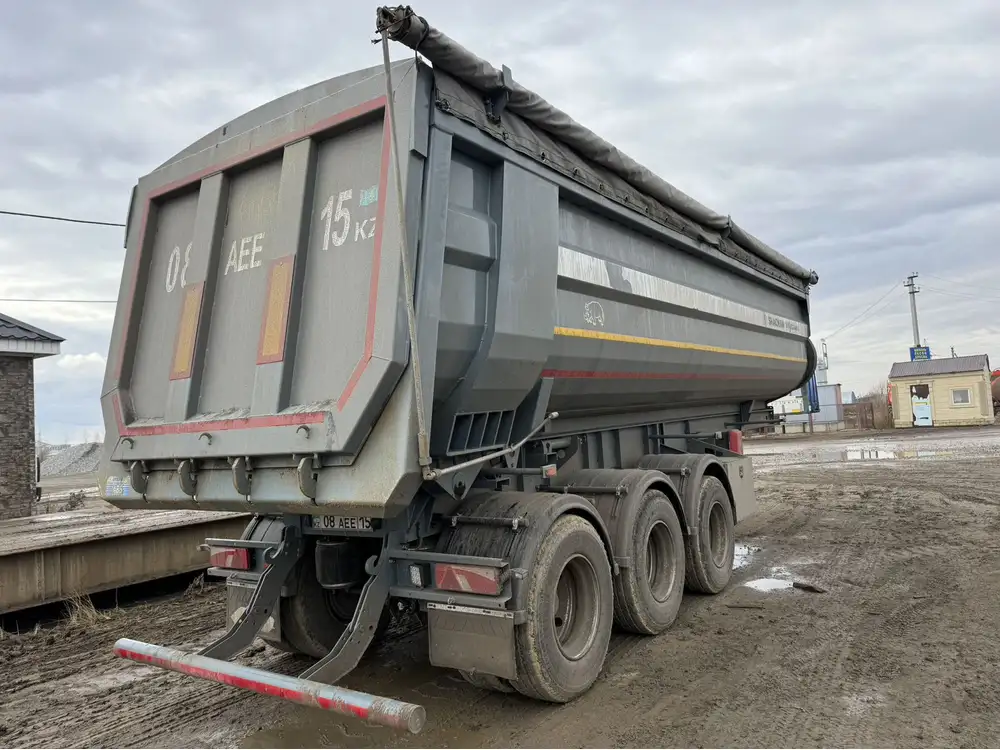
Best Practices for Loading a 40ft Shipping Container
Implementing best practices enhances the efficiency and safety of the loading process.
Prioritize Safety
- Personal Protective Equipment (PPE): Ensure all personnel wear appropriate PPE.
- Training: Provide training on safe lifting techniques and equipment handling.
- Hazard Identification: Identify and mitigate potential hazards in the loading area.
Optimize Loading Sequence
- Strategic Placement: Load items that require immediate unloading first.
- Layer Management: Alternate layers with heavy and light items to maintain balance.
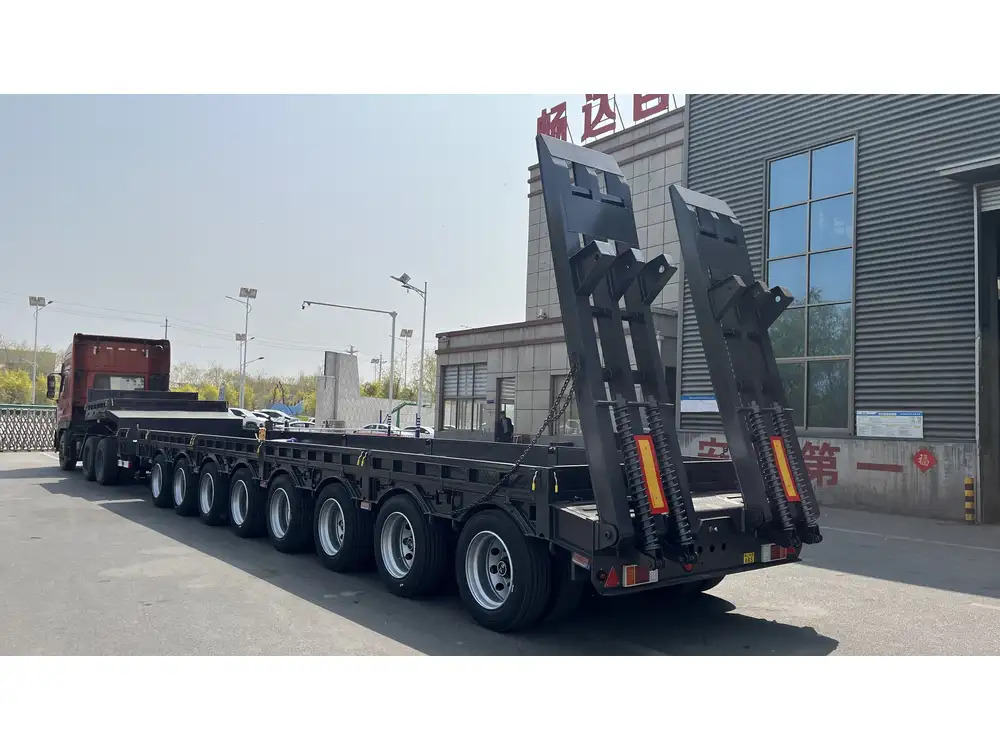
Use Proper Equipment
- Forklifts and Pallet Jacks: Utilize for moving heavy and bulky items.
- Ramps and Skids: Employ for smooth and safe loading of goods into the container.
Documentation and Tracking
- Inventory Lists: Maintain detailed lists to track loaded items.
- Photographic Records: Document the loading process for reference and insurance purposes.
Common Challenges and Solutions

Overloading the Container
Challenge: Exceeding the maximum payload can lead to legal issues and increased transportation costs.
Solution: Accurately calculate total weight before loading and use weight distribution tools to ensure compliance.
Inadequate Space Utilization
Challenge: Poor space management results in underutilized container capacity, increasing shipping costs.
Solution: Implement space optimization techniques like vertical stacking, nesting, and palletizing to maximize usage.
Load Shifting During Transit
Challenge: Movement of goods can cause damage and destabilize the container.
Solution: Secure loads with appropriate strapping, use void fillers, and ensure even weight distribution to prevent shifting.

Handling Fragile Items
Challenge: Fragile goods are susceptible to damage if not handled properly.
Solution: Use cushioning materials, position fragile items on top, and clearly label them for careful handling.
Leveraging CarMax Trailer Solutions for Efficient Loading
At CarMax Trailer, we offer specialized trailers and equipment designed to facilitate the loading of large containers effectively.
CarMax Trailer Features:
- Adjustable Ramps: Facilitate smooth loading of heavy machinery and bulky items.
- Robust Construction: Ensure durability and support for heavy loads.
- Advanced Securing Systems: Incorporate multiple tie-down points for enhanced load stability.
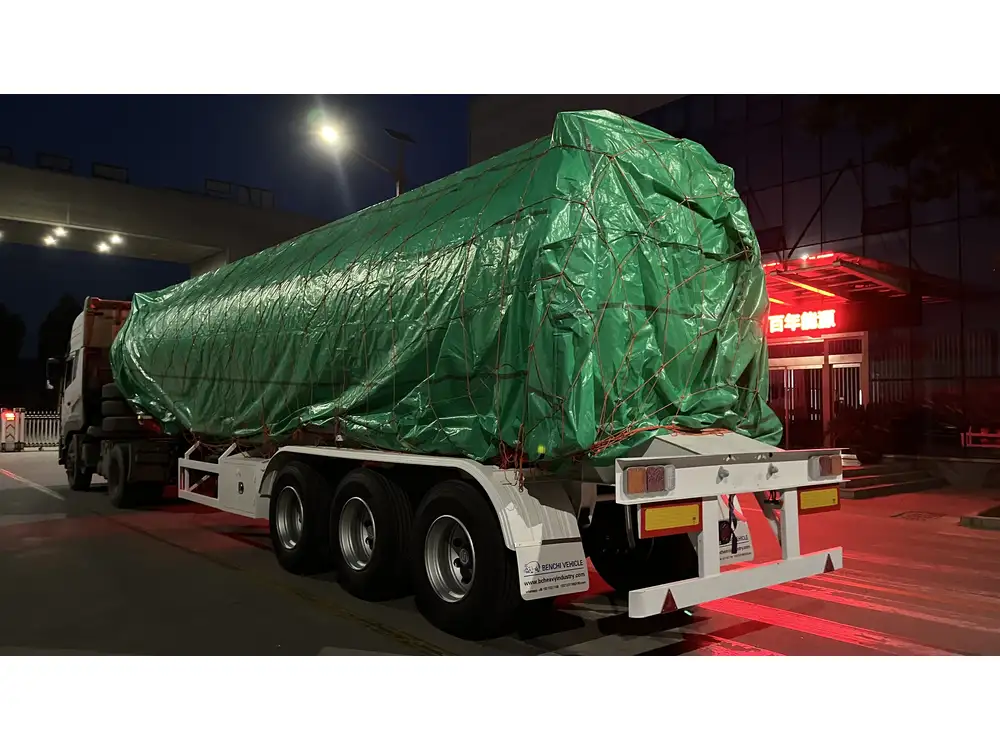
Benefits of Using CarMax Trailer:
| Feature | Benefit |
|---|---|
| Adjustable Ramps | Simplify the loading of various sizes of goods. |
| Durable Build | Withstand heavy loads and rough handling. |
| Multiple Tie-Down Points | Enhance securing options for diverse cargo. |
| Ergonomic Design | Improve loading efficiency and reduce labor strain. |
Essential Tools and Equipment for Loading
Equipping your loading team with the right tools ensures a smooth and efficient process.
Must-Have Tools:
- Forklifts: For lifting and moving heavy items.
- Pallet Jacks: For maneuvering pallets within the loading area.
- Straps and Tie-Downs: For securing loads within the container.
- Measuring Tools: To accurately assess space and dimensions.
- Protective Packaging Materials: Such as bubble wrap, foam, and pallets.
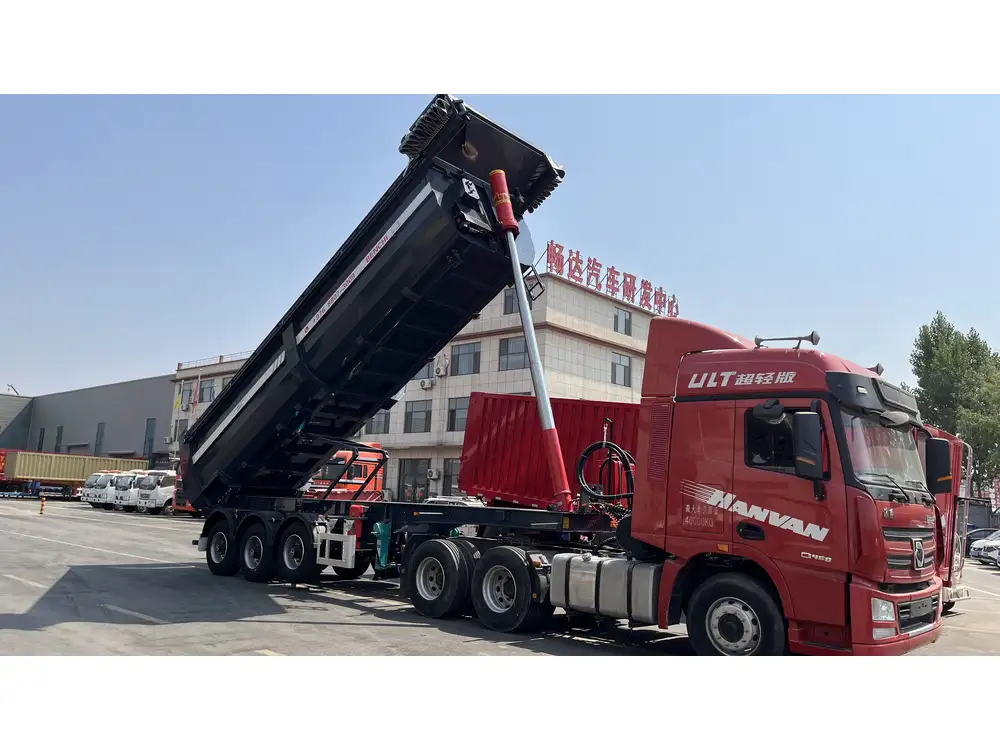
Advanced Equipment Options:
- Automated Loading Systems: Enhance speed and precision in loading operations.
- Load Distribution Calculators: Help in planning weight distribution efficiently.
- Container Loading Software: Streamlines the planning and documentation process.
Environmental Considerations
Sustainable practices not only benefit the environment but also enhance operational efficiency.
Sustainable Loading Practices:
- Minimize Waste: Optimize packing to reduce excess materials.
- Use Recyclable Materials: Choose eco-friendly packaging options.
- Energy-Efficient Equipment: Utilize machinery that conserves energy and reduces emissions.
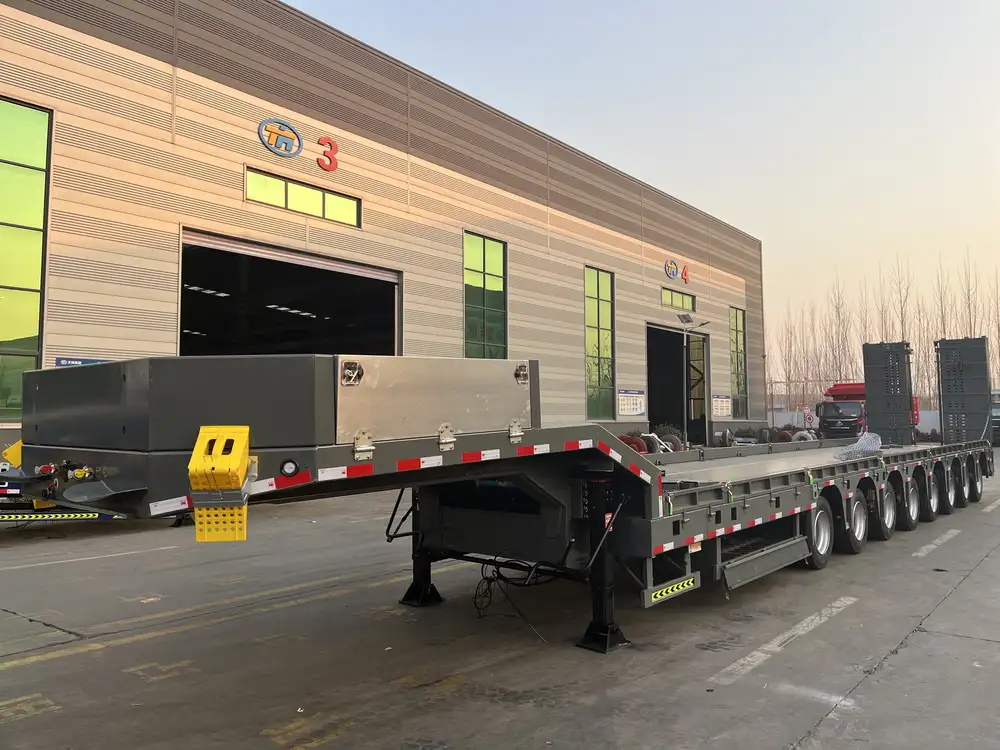
Benefits of Sustainability:
- Cost Savings: Reduce material and energy costs through efficient practices.
- Enhanced Reputation: Appeal to environmentally conscious clients and stakeholders.
- Regulatory Compliance: Adhere to environmental regulations and standards.
Cost-Effective Loading Strategies
Managing costs without compromising on quality is essential for profitable operations.
Strategies for Cost Reduction:
- Bulk Packing: Consolidate shipments to leverage economies of scale.
- Efficient Route Planning: Optimize transportation routes to save on fuel and time.
- Preventive Maintenance: Regularly maintain equipment to avoid costly downtime and repairs.
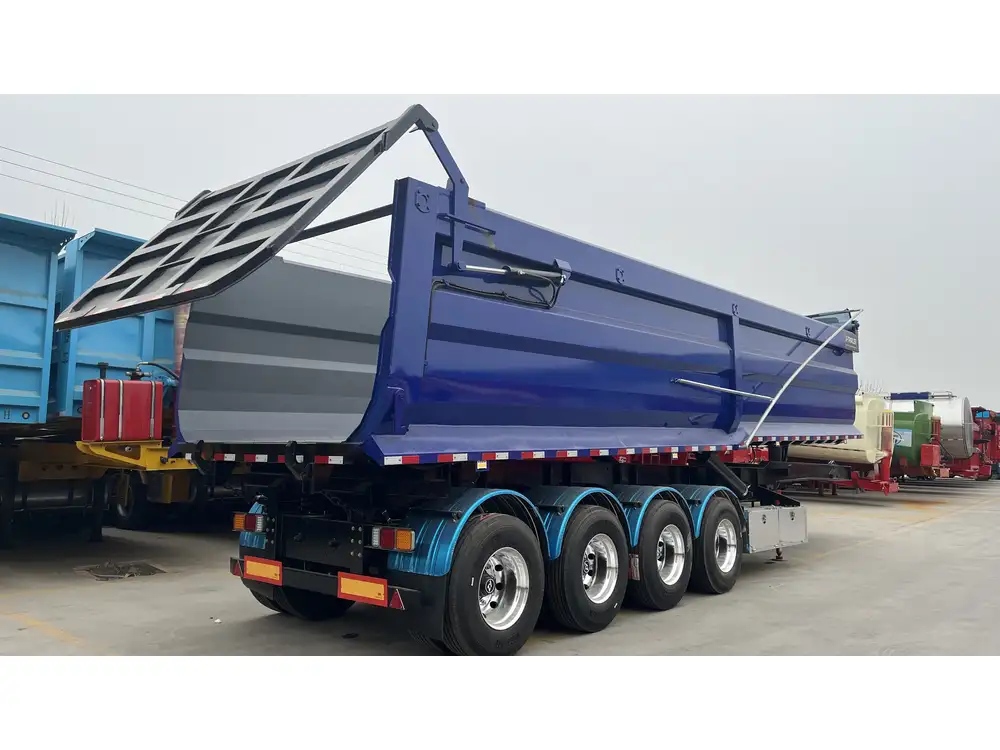
Financial Benefits:
| Strategy | Financial Impact |
|---|---|
| Bulk Packing | Lower per-unit shipping costs. |
| Route Optimization | Reduced fuel and labor expenses. |
| Preventive Maintenance | Decreased unexpected repair costs and downtime. |
Ensuring Compliance with Shipping Regulations
Adhering to international shipping regulations is fundamental to avoid penalties and ensure smooth transit.
Key Compliance Areas:
- Weight Limits: Respect container and transportation weight restrictions.
- Documentation: Provide accurate and complete shipping documents.
- Customs Regulations: Comply with import/export laws and guidelines.
- Safety Standards: Follow protocols for securing loads and handling hazardous materials.
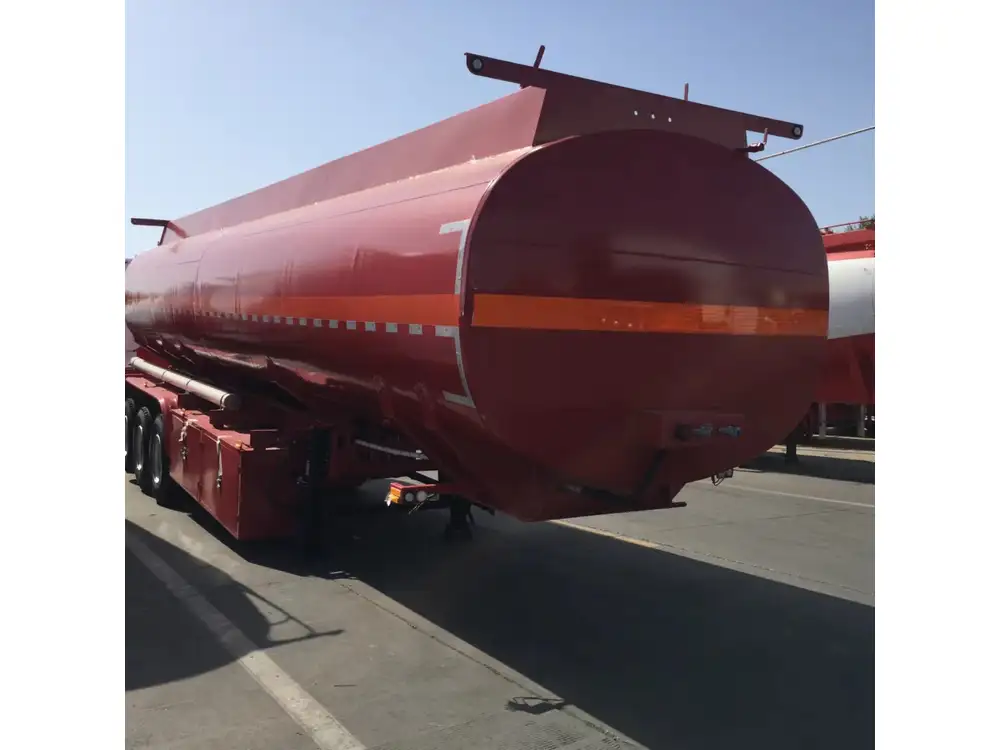
Benefits of Compliance:
- Avoidance of Fines: Prevent financial penalties due to non-compliance.
- Smooth Transit: Ensure uninterrupted movement of goods across borders.
- Enhanced Trust: Build credibility with clients and regulatory bodies.
Advanced Loading Techniques
For those seeking to optimize beyond the basics, advanced techniques can further enhance the loading process.
Load Sequencing
Technique: Arrange items in the order they will be unloaded to facilitate easy access and reduce handling time.
Benefit: Streamlines the unloading process, particularly for time-sensitive or sequential shipments.
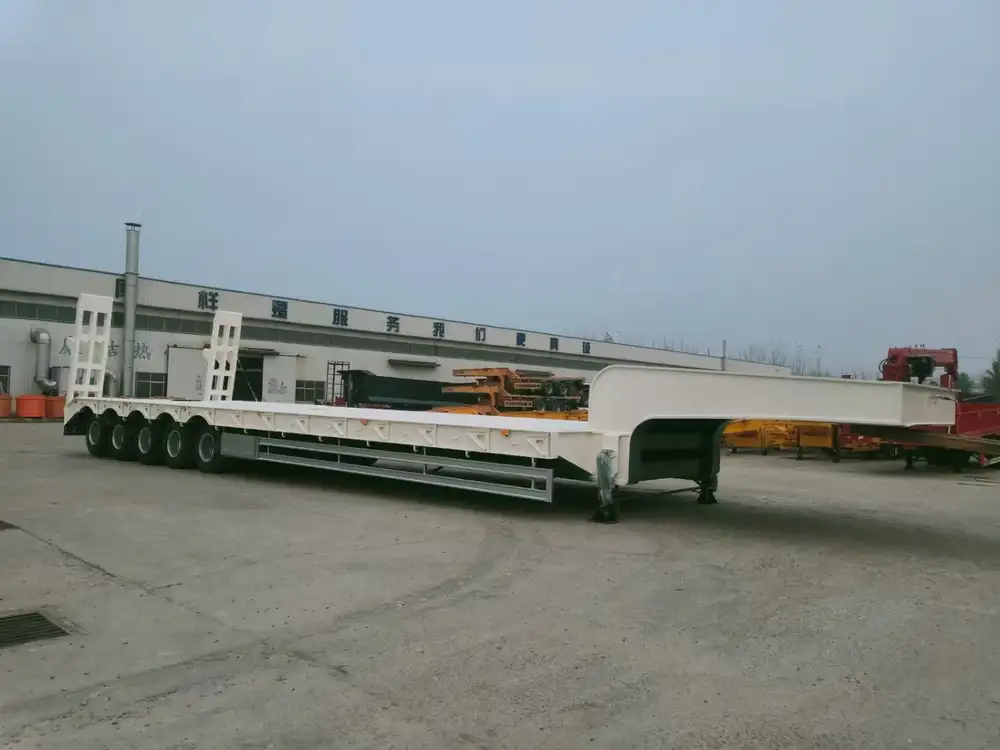
Modular Loading
Technique: Use modular units or containers within the main container to segregate different types of goods.
Benefit: Enhances organization and prevents cross-contamination or damage between different product types.
Climate-Controlled Loading
Technique: Incorporate climate control solutions within the container for temperature-sensitive goods.
Benefit: Preserves the integrity of perishable or delicate items during transit.
Technology Integration in Loading Processes
Incorporating technology can revolutionize the loading experience, making it more efficient and reliable.
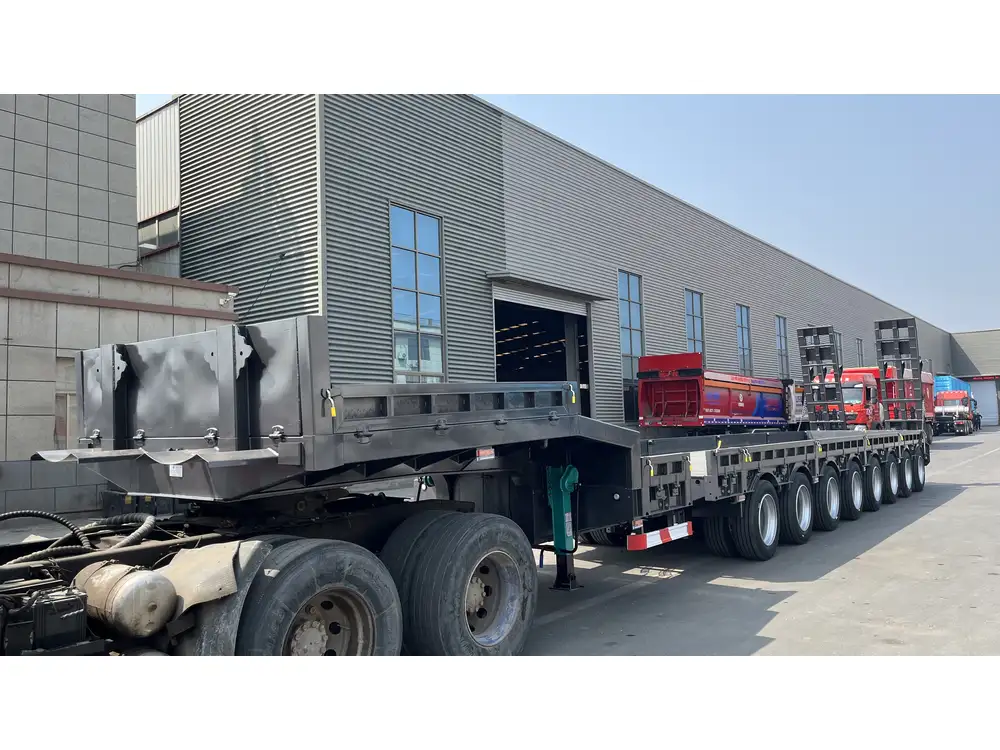
Technologies to Consider:
- Container Tracking Systems: Monitor the location and status of containers in real-time.
- Load Optimization Software: Automatically calculates the best way to arrange cargo for maximum efficiency.
- Automated Inventory Management: Streamlines tracking and management of goods throughout the loading process.
Advantages of Technology Integration:
- Increased Efficiency: Speed up loading operations with automated tools.
- Enhanced Accuracy: Reduce human errors in loading and documentation.
- Real-Time Insights: Gain immediate visibility into loading progress and container status.
Case Study: Successful Loading with CarMax Trailer
Client: ABC Manufacturing
Challenge: ABC Manufacturing needed to ship a diverse range of heavy machinery and fragile components efficiently within a tight schedule.
Solution:
- Utilized CarMax Trailer’s adjustable ramps and advanced securing systems to accommodate various equipment sizes.
- Implemented a structured loading plan prioritizing heavy machinery placement and securing fragile components with specialized cushioning.
- Employed load optimization software to maximize container space and balance weight distribution.
Outcome:
- 20% increase in loading efficiency.
- Zero instances of load shifting or damage during transit.
- Timely delivery, enhancing client satisfaction.
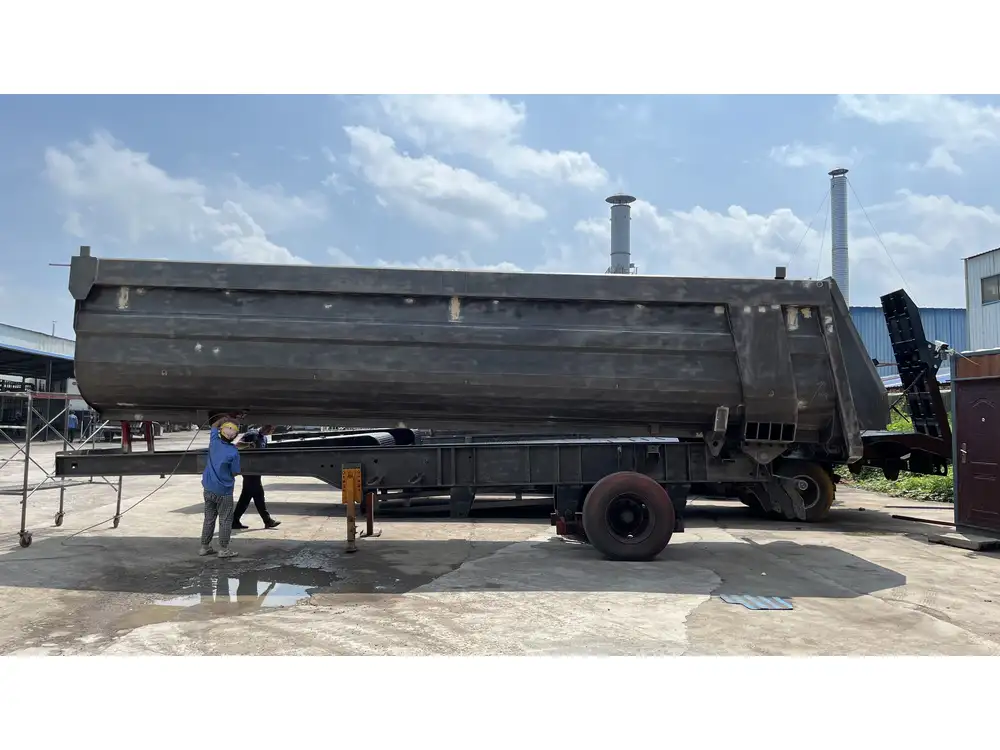
Conclusion
Loading a 40ft shipping container efficiently demands a strategic approach encompassing meticulous planning, optimal space utilization, and adherence to safety and compliance standards. CarMax Vehicle and CarMax Trailer are dedicated to providing the tools and expertise necessary to master this process, ensuring that your shipments are secure, cost-effective, and delivered on time.
Frequently Asked Questions
1. What is the maximum weight a 40ft shipping container can hold?
A standard 40ft shipping container can typically handle a maximum payload of approximately 58,000 lbs (26,306 kg). It’s essential to verify the weight capacity specific to your container type to ensure compliance and safety.
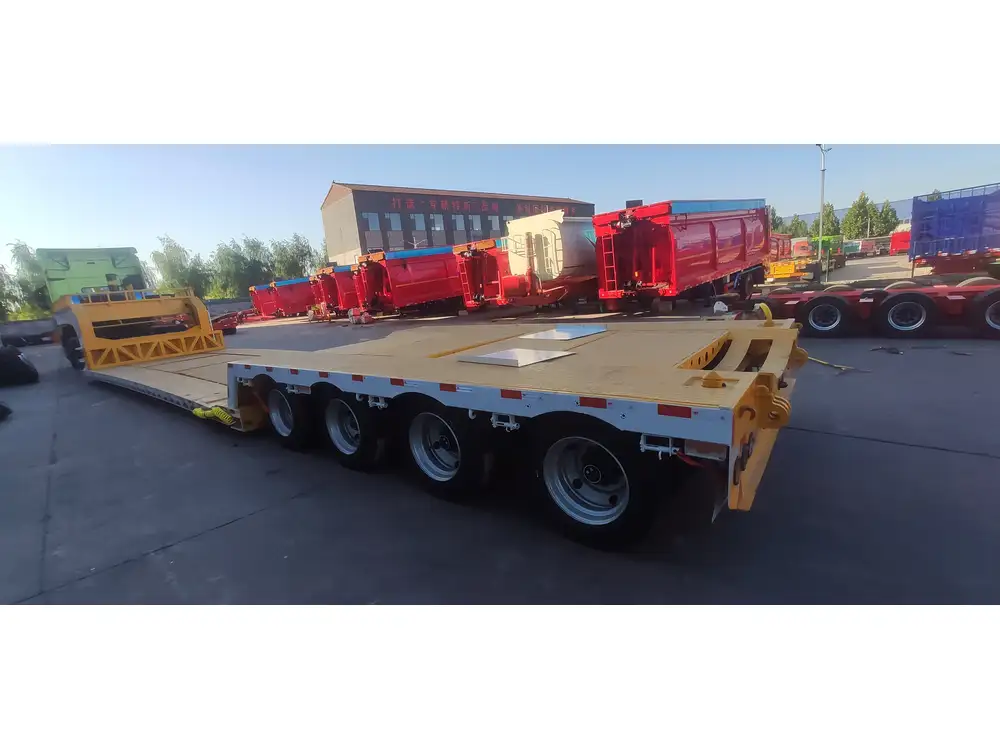
2. How can I prevent my goods from shifting during transit?
To prevent shifting, use sturdy straps and tie-downs to secure all items firmly. Additionally, employ void fillers like foam or inflatable bags to eliminate any empty spaces, ensuring that goods remain in place throughout the journey.
3. What are the best practices for stacking heavy items in a shipping container?
Stack heavy items at the bottom of the container to maintain a low center of gravity and enhance stability. Ensure that heavier items are evenly distributed to prevent imbalance and potential tipping during transit.
4. How do I calculate the available space in a 40ft container?
To calculate available space, multiply the internal length, width, and height of the container to get the cubic footage. Then, account for the volume occupied by each item, considering both their dimensions and the necessary space for secure placement.

5. Is it necessary to use pallets when loading a 40ft container?
While not mandatory, using pallets can significantly streamline the loading process, improve organization, and facilitate easier handling of goods. Palletizing also helps in maximizing space utilization and provides a stable base for securing items.



